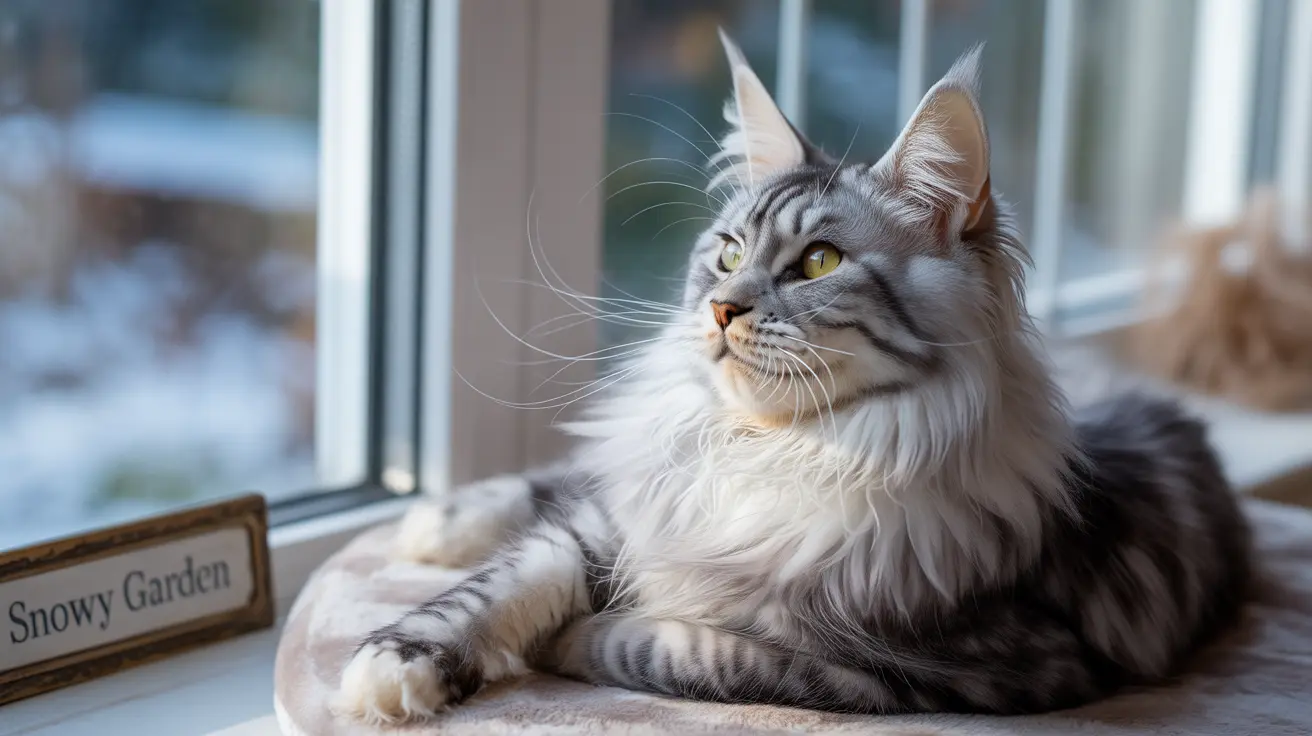When observing our feline friends up close, you might wonder about their seemingly delicate eyes and whether they have eyelashes like humans do. The answer isn't as straightforward as you might think, and understanding the unique features of cat eye protection reveals fascinating adaptations that serve them better than traditional eyelashes would.
In this comprehensive guide, we'll explore the truth about cats' eye protection mechanisms and why they've evolved differently from humans. We'll also examine how cats protect their sensitive eyes without prominent eyelashes and what pet owners should know about feline eye health.
The Truth About Cat Eyelashes
Cats actually don't have true eyelashes in the way humans do. Instead, they have what veterinarians call "cilia" – short, bristly hairs along their eyelid margins. These are most noticeable on the upper eyelid and are particularly visible in long-haired cat breeds, while being almost imperceptible in short-haired or hairless cats.
These modified hairs serve a different purpose than human eyelashes and are part of a more complex system of eye protection that cats have developed through evolution.
Nature's Alternative: How Cats Protect Their Eyes
Cats have evolved several sophisticated mechanisms to protect their eyes that work more effectively than traditional eyelashes:
Whiskers and Vibrissae
Specialized sensory whiskers around the eyes act as an early warning system, detecting nearby objects and triggering protective blinks before anything can touch the eye surface.
The Third Eyelid
Cats possess a nictitating membrane, commonly known as the third eyelid, which sweeps across the eye horizontally to remove debris and provide additional protection. This semi-transparent membrane also helps keep the eye surface moist and healthy.
Facial Fur Structure
The arrangement of fur around a cat's eyes provides natural protection against dust and debris, effectively serving the same purpose as eyelashes in humans but in a more distributed manner.
Eye Protection Across Different Cat Breeds
The visibility and effectiveness of eye protection features vary significantly across cat breeds:
- Persian and Maine Coon cats often have more noticeable cilia due to their long fur
- Sphinx cats have minimal eye protection from fur but rely more on their third eyelid
- Standard domestic shorthairs have a balanced combination of all protective features
Common Eye Protection Issues and Care
While cats don't typically have eyelash-related problems, they can experience various eye protection issues:
- Entropion (inward-rolling eyelids)
- Excessive tearing
- Third eyelid protrusion
- Eye infections due to compromised protection
Frequently Asked Questions
Do cats have eyelashes like humans, and if not, what do they have instead?
No, cats don't have true eyelashes like humans. Instead, they have short, bristly hairs called cilia along their eyelid margins, plus a complex system of whiskers, facial fur, and a third eyelid for eye protection.
How do cats' whiskers and third eyelid protect their eyes without prominent eyelashes?
Cats' whiskers act as sensitive motion detectors, triggering protective blinks when objects approach too closely. The third eyelid provides additional protection by sweeping across the eye to remove debris and maintain moisture.
Are certain cat breeds more likely to have visible eyelashes or eyelash disorders?
Long-haired breeds like Persians and Maine Coons tend to have more noticeable cilia, while brachycephalic (flat-faced) breeds are more prone to eye protection disorders.
What signs indicate my cat might have an eyelash or eyelid disorder, and how are they treated?
Watch for excessive tearing, squinting, eye discharge, or visible irritation. Treatment may include medication or surgery, depending on the specific condition.
Why do some long-haired cats appear to have more noticeable eyelashes compared to hairless breeds?
Long-haired cats naturally have more prominent facial fur, including around the eyes, making their cilia appear more pronounced. Hairless breeds lack this feature entirely.
Understanding your cat's eye protection mechanisms helps ensure proper care and early detection of potential problems. While cats may not have traditional eyelashes, their evolutionary adaptations provide excellent eye protection suited to their needs as successful predators.






